
Hs 126A-1
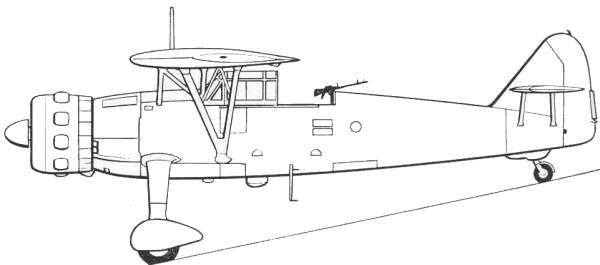
The
Hs
126 was a re-development of the Hs 122 using a more powerful Bramo
323 Fafnir engine. Some redesign was done to take advantage of the
substantial increase in power. (the Hs 122 was powered by engines in
the 500hp to 600hp range, the Bramo 323 being rated at 830hp) The
basic
configuration remained the same but was refined in a number of
aspects.
The wings were modified, the fuselage was lengthened the vertical tail
surfaces were modified and cantilever main undercarriage legs were
adopted. Testing of three "V" series aircraft was done in the summer
of 1937 and fully met the Luftwaffe's requirements. A batch of ten
"A-0" series aircraft had been completed by the end of 1937, several
of
which were sent for service evaluation and these were followed on the
assembly line by "A-1" which began rolling of the line at the
beginning
of 1938 with the first deliveries to the Luftwaffe beginning in the
spring. For reasons of availability the Hs 126A-1 was switched to the
BMW 132D engine. The pilot and observer were enclosed by a sliding
canopy and the gunner was provided with deflector panels enabling him
to operate his gun free of the slip stream. A bay was provided in the
fuselage aft of the observer housing a fully automatic camera. The bay
was covered with a sliding panel which opened and closed by
means
of a lever in the observers cockpit. A hand camera was attached to the
port side of the cockpit. For light bombing missions the aft bay could
be utilized to house two containers each with five 22 pound bombs and
this offensive load could be augmented by a special rack attached to
the port side of the fuselage and braced to the wing and lower
fuselage
by auxiliary struts and could carry a 110 pound bomb. Armament
consisted of a forward firing 7.9mm MG 17 machine gun mounted in the
upper decking of the forward fuselage with 500 rounds and a single MG
15 of similar caliber on a flexible Arado mounting in the rear cockpit
with a total of 975 rounds in 13 twin drums. The Hs 126 took part in
the early war Wehrmacht campaigns in Poland, France, Greece,
Yugoslavia. In the eastern front they were in service up to the spring
of 1942 when most were replaced by the Fw 189. The Hs 126 were then
relegated to non-operational tasks such as glider towing being used to
tow the DFS 230 transport glider. The last of its wartime operational
missions included anti partisan sorties.
The Kit
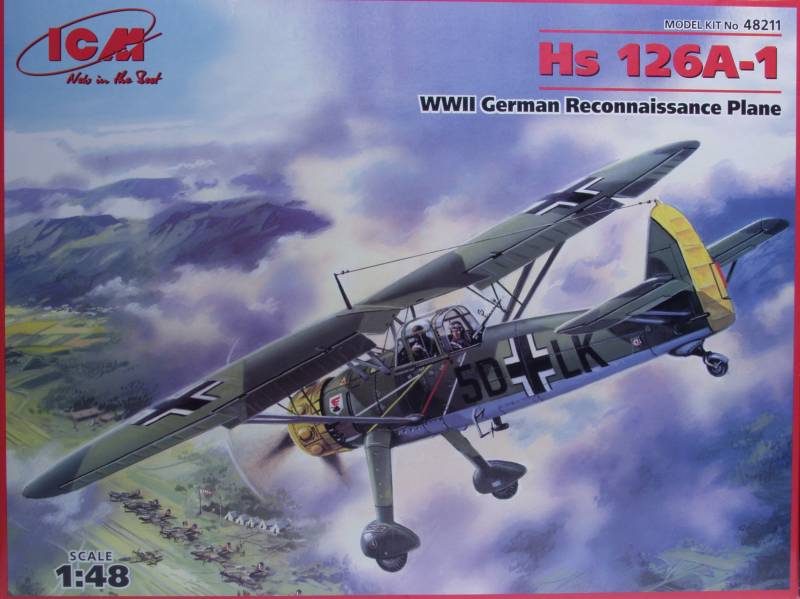
The ICM kit comes in an average sized top open box with nice artwork on the front. The top is rather flimsy but the bottom is made of heavy cardboard. Inside the box is one large bag containing every thing but the instructions and decals. This is always scary and certainly not the best way to package. There are three sprues of gray plastic, one sprue of clear parts and the wings which have been removed from their molding sprues so that they can be placed diagonally on the box as they are too long to fit otherwise. The parts are typical short run moldings with the surface detail being represented by very fine engraved lines. The lines are very fine and rather shallow and one will need to be careful during painting or they will disappear. The surface has a matte finish with ever so light texture to it. I don't think based on experience that this will be an issue when painted. Flash for the most part is light and should be easily cleaned up. Other than some flow marks and a couple of places where it looked like there may have been dirt in the molds, I did not find any major defects in the main airframe parts. Some of the sprue attachment points were a bit heavy and will require care when removing them. The control surfaces are all separate and the fabric areas are for the most part smooth with just a hint of the ribs showing, excellent ! The mold parting seams on the small parts is light as is the flash. The interior is very well detailed for the scale with separate engine bearers for the engine and lots of detail in the cockpits. The engine is also very detailed including push rods, gear casing and accessories for the rear of the engine. There are even delicate support rods for the forward cowling which will require care during assembly, a couple of mine were damaged in shipment. The center portion of the cowling is made up of three parts and could be tricky to assemble and create hard to clean up seams if you are not careful. The propeller has separate blades and they are keyed to ease assembly. There is also a good amount of exterior detail to be added. See photos below.
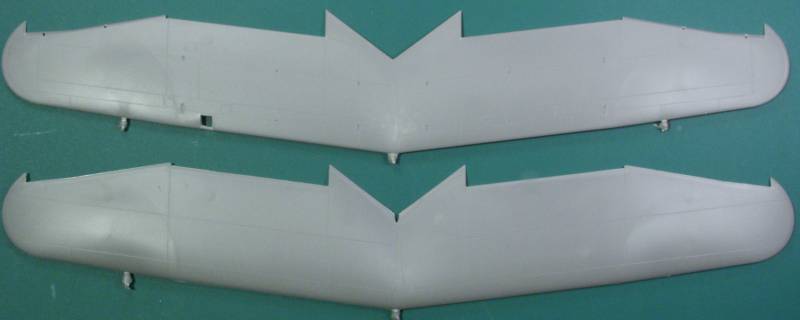
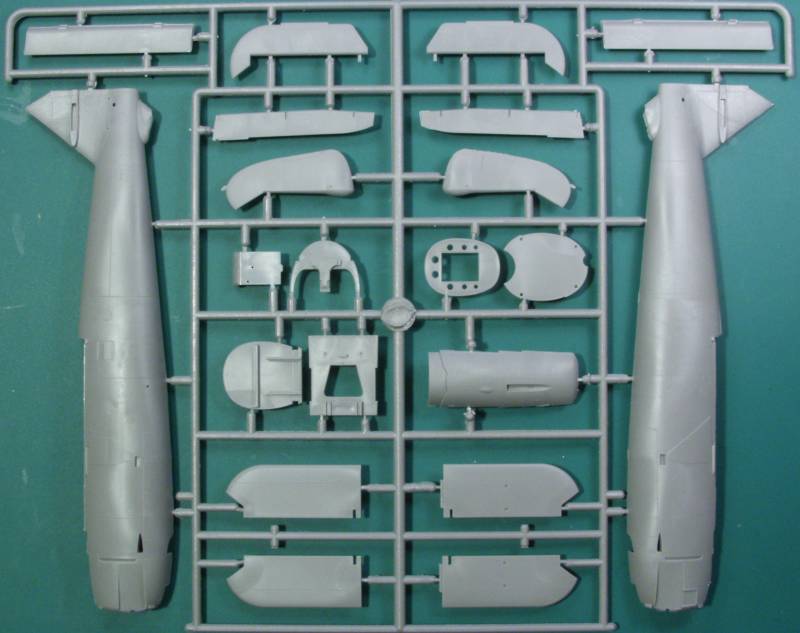
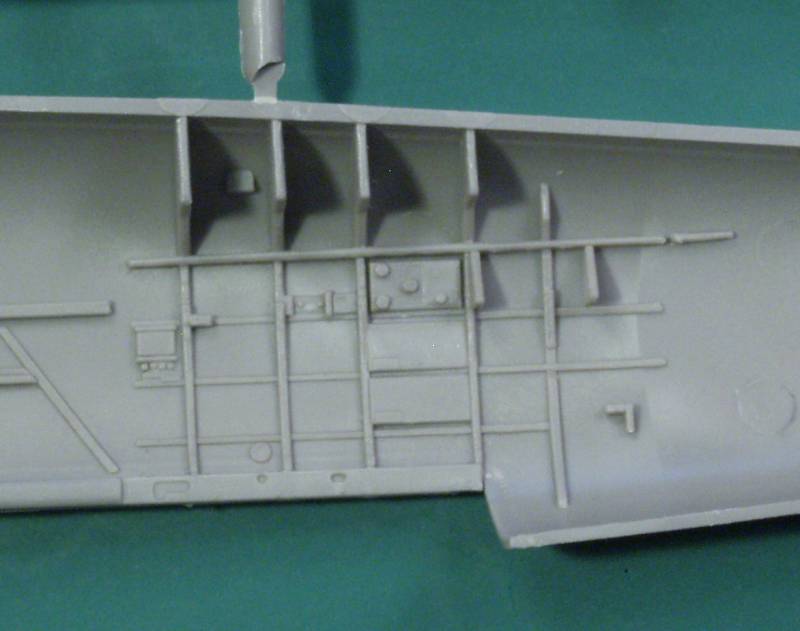
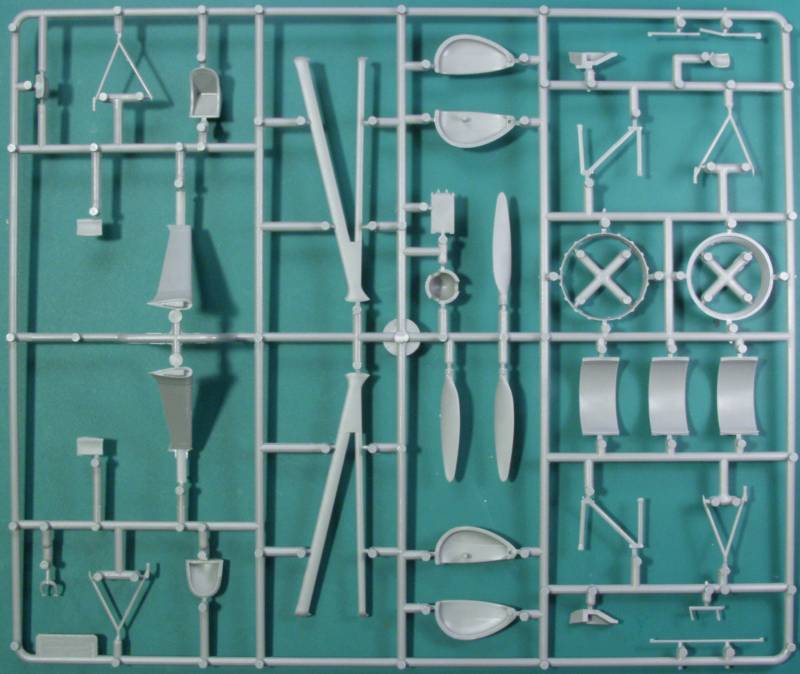
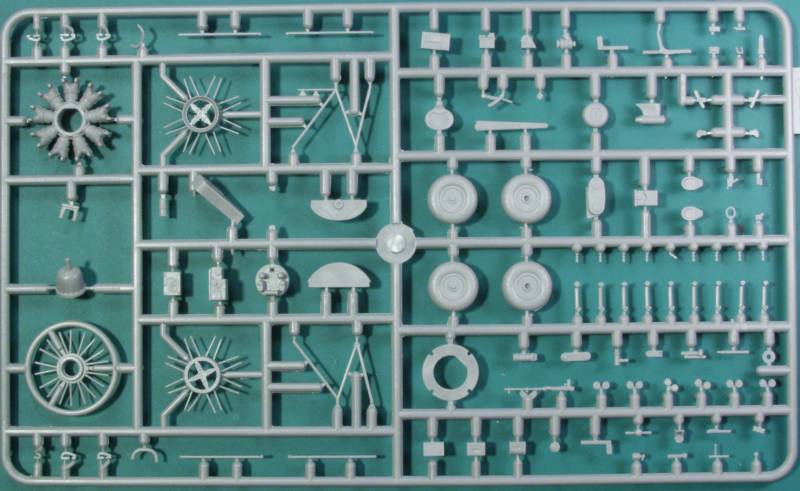
The clear parts are thin and clear but mine had a few minor scuff marks from shipping, you get a windscreen and main canopy two instrument panels, pilots and observers and a landing light. See below.
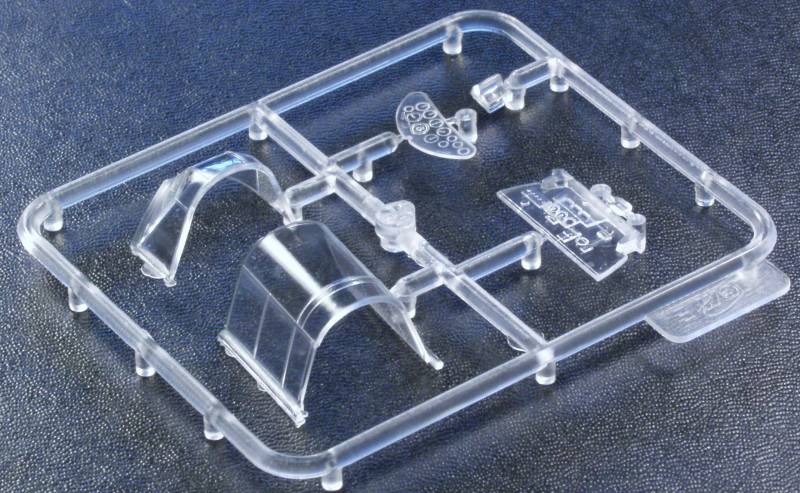
The decals appear to be very thin with the clear parts almost invisible. Although the national insignia were well registered the smaller ones line fuel stencils and the first aid marking were not and over all they seemed to be rather poorly printed with some having rough edges and the larger letters looking like there was insufficient ink on the silk screen. I will be greatly surprised if they don't end up being problematic in use. The sheet provides markings for three aircraft. See below
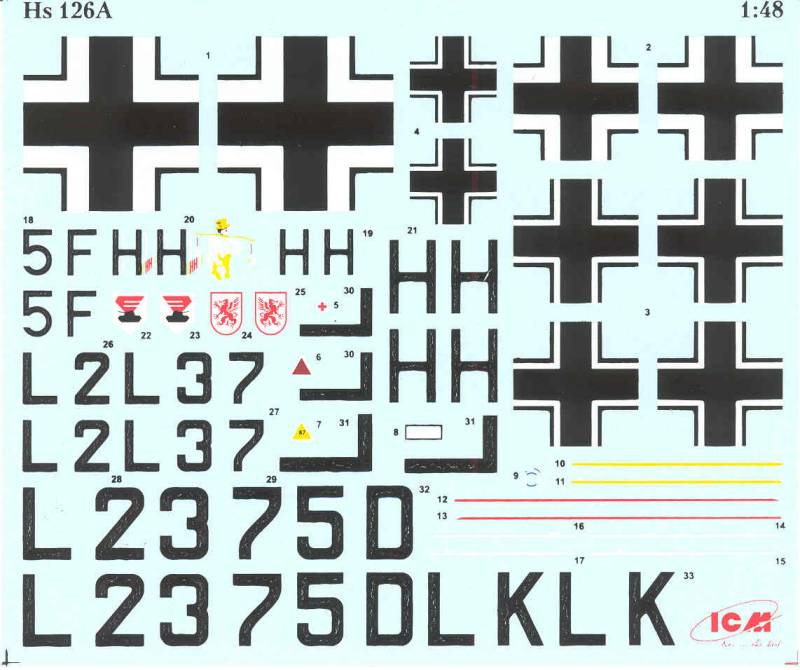
The instructions consist of two double A4 pages folded and printed on slightly different colored paper, one white and the other a cream color. The white page has a brief history and technical specifications, a color chart giving basic and RLM color numbers and Model Master color numbers, the usual decal instructions and health and safety warnings and the rest of the sheet has painting and marking instructions for the three aircraft supplied on the decal sheet. The first page of the cream colored sheet has a parts map and symbol chart and the balance is devoted to the assembly steps.
After Market Goodies
For this kit I decided to go with the Eduard Zoom set (Fe509) since I really suck at detail painting on instrument panels, it also has belts and a harness for the crew and a few other things to boost the interior detail. Eduard also makes a larger interior detail set (49509) and a mask set (EX306). Authenticals makes a decal sheet (4829) as does Vector (VD48001) Both of which may be helpful based on the quality of the kit supplied decals. See below
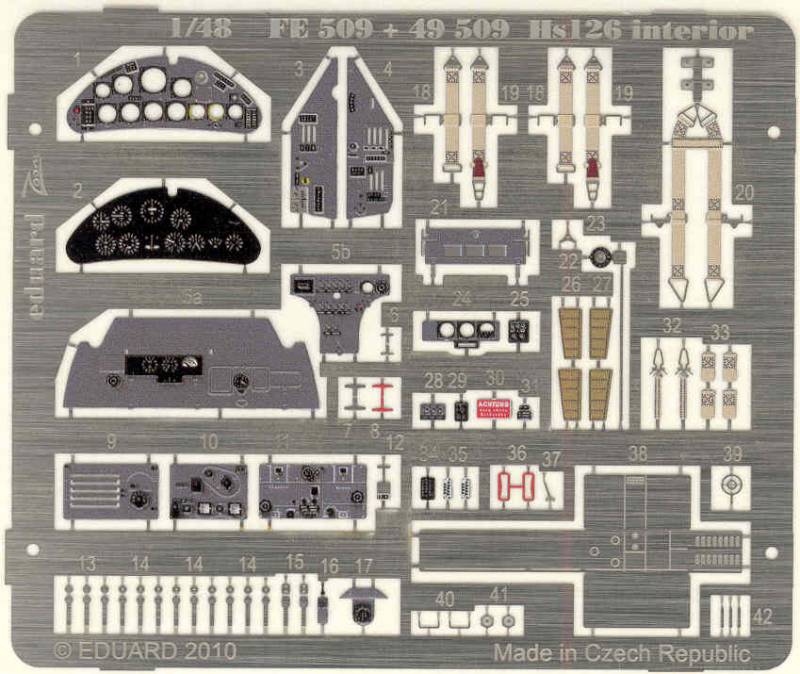
Conclusions
This kit is of the limited run variety and requires all the normal procedures when dealing with this type of kit, mostly test fitting and adjusting before glue. It is also likely that it won't fit well in some areas. That said the parts supplied in the box should build up into a very detail model. Recommended to those with experience building this type of kit.
Links to kit build or reviews
A build/review can be found here.
Reference
Warplanes of the Third Reich by William Green